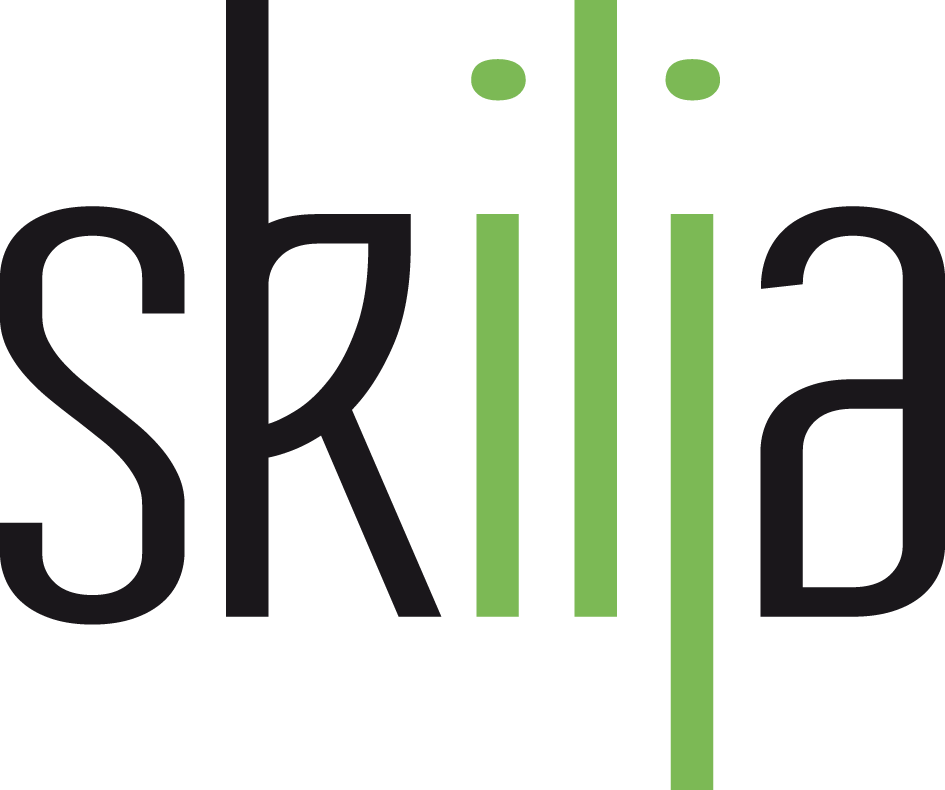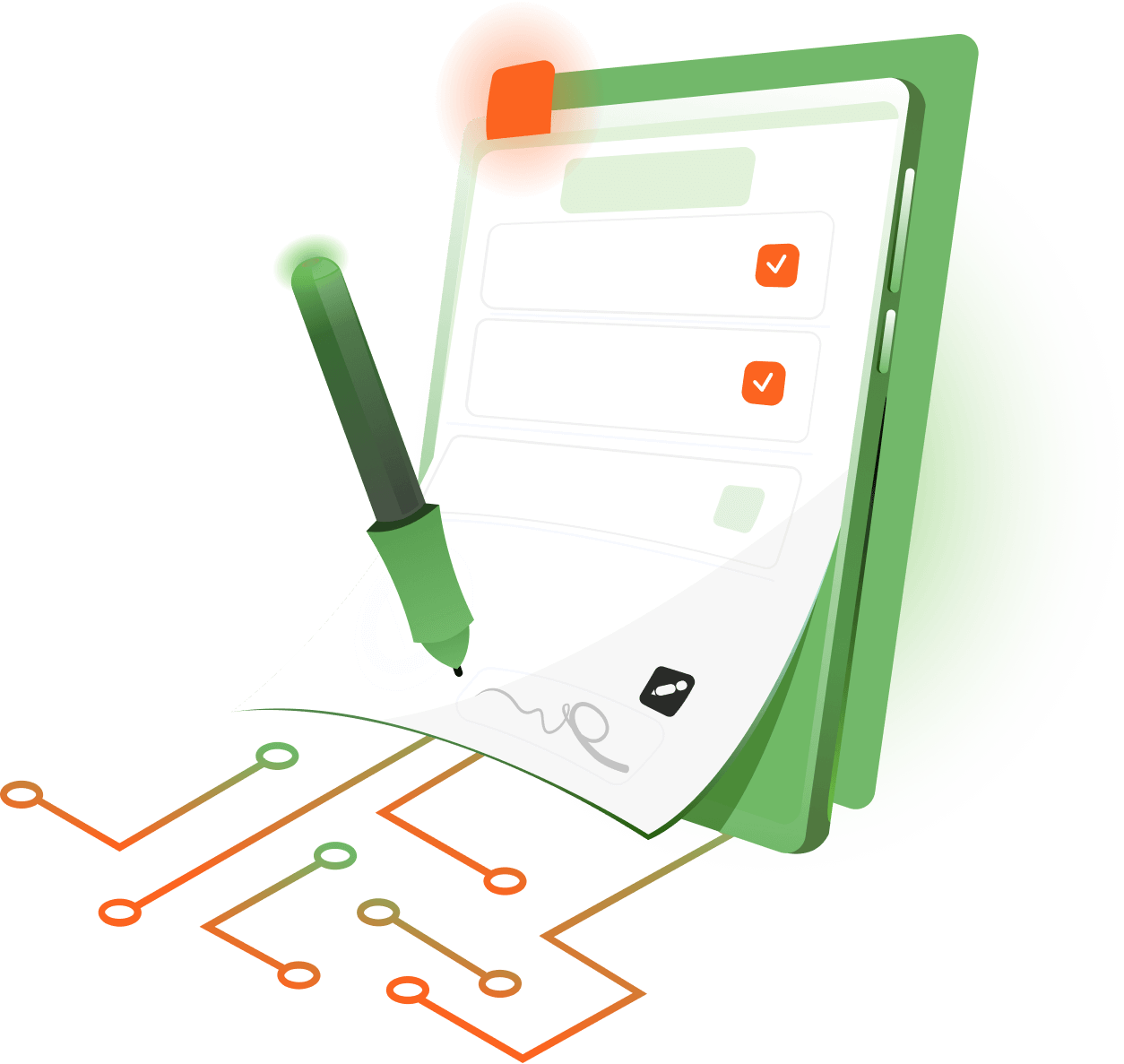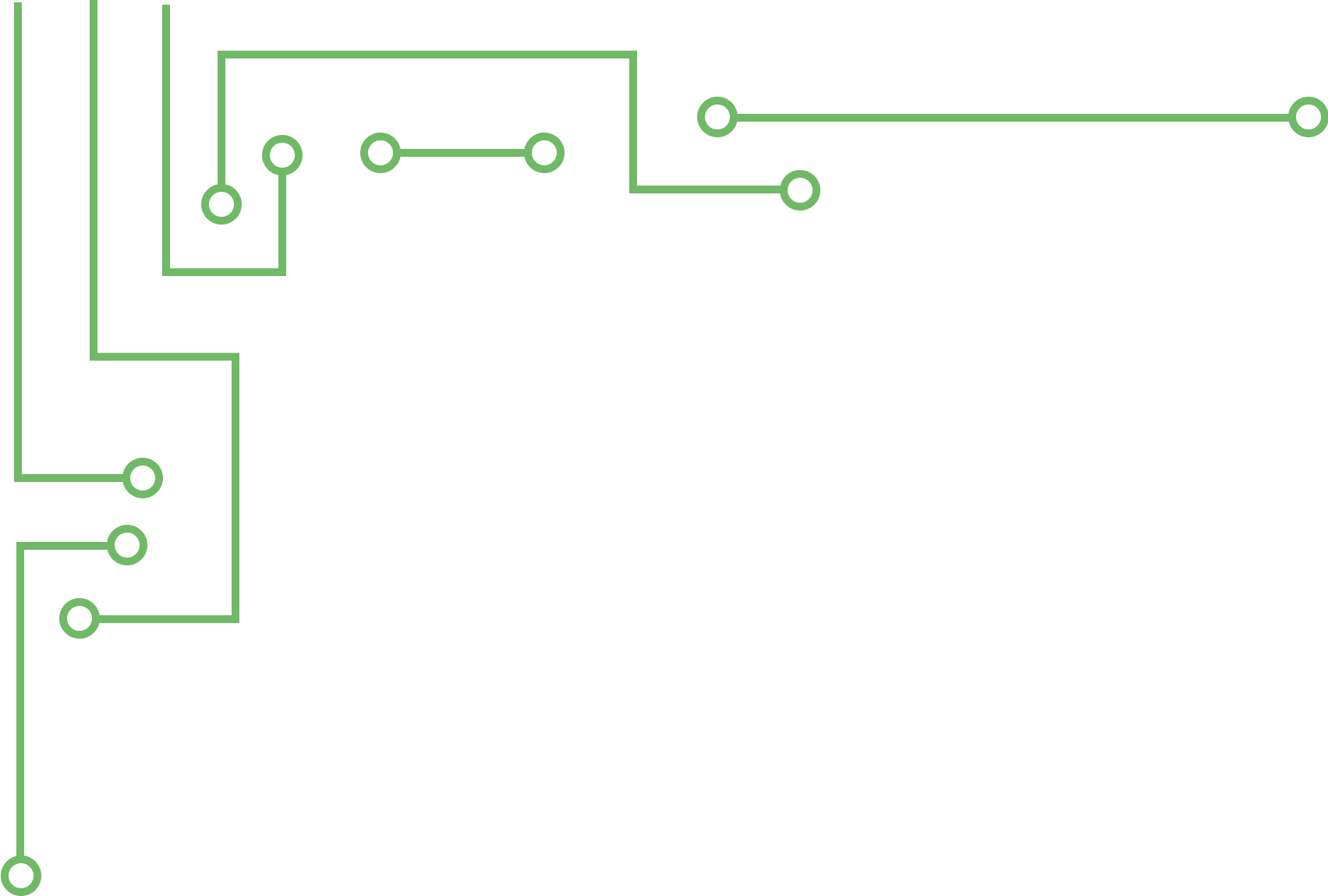
Create...
Define and design your own AI models based on your organizational knowledge
Publish...
Deploy the models to use them in any environment – enterprise, cloud, docker, RPA
Learn...
Let the system learn online and continuously from user input without additional effort
Mission & Vision
Leading AI innovation in document driven business processes
Document understanding is based on a variety of concepts and technologies like recognition, classification, categorization, extraction, text analysis, semantic understanding and machine learning. All these terms describe the application of software algorithms to mimic human abilities to read a document, understand its content and draw conclusions. We call them cognitive technologies.
We at Skilja think that it should be as easy as possible for our users to teach a system how to read an information in a document. Therefore, we strive to provide easy to use tools that allow citizen developers to create their models and execute them in combination with standard processing tasks on a powerful platform. We then use deep learning and other techniques to transfer these inputs to actionable knowledge for business processes. Adding online-learning that continuously monitors user input from humans in the loop brings the cognitive technologies to the users’ fingertips.
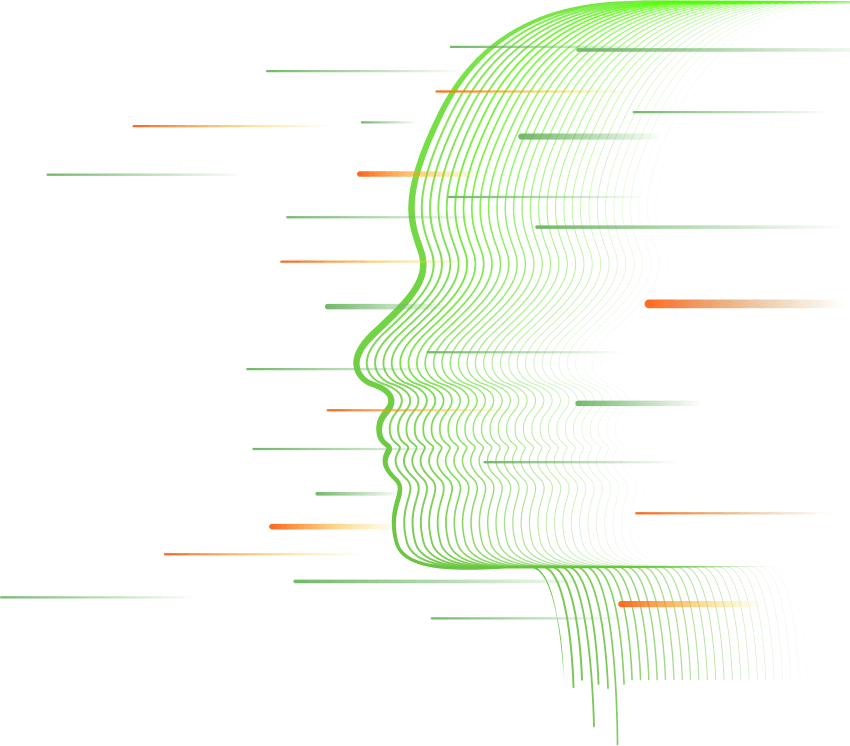
Classification
Classification and identification of the purpose of a document is the first step in document understanding
Intelligence
Extraction reads entities and index fields from documents and converts unstructured to structured actionable data
Platform
Enterprises need reliable and scalable platforms to run critical document processing tasks on premise and fully cloud based
Company
Excellence in Document Understanding for more than 20 years
The Skilja team comprises the knowledge and expertise in document understanding of the last 20 years. One of the first invoice readers in 1998, first machine learning classification in 2002, first trainable extraction, first document clustering solution, first complete online-learning infrastructure…
And we continue to innovate and do not stop with our team of excellence.
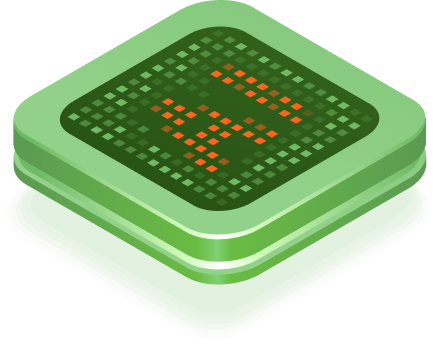
Services
What Can We Do For You?
Streamlining Document Processing
Running high volume enterprise processes with highest reliability and accuracy is what we do in many projects and can also do for you.
Document Understanding & RPA
Document understanding is available as a service in a Docker container including integration with major RPA systems. Open REST APIs for any other application.
Upgrading your platform
Are you stuck with an old data capture platform and want to upgrade to a modern service-oriented system?
Partner Network
We have a wide network of competent partners that will take care of our customers so we scale our efforts.
Process Consulting
We have managed and accompanied numerous enterprise critical projects and are ready to assist you also
Premium Customer Service
For us service means that we listen to your requirements and solve them. We will not let your wait.
R & D
Research & Development
We at Skilja are proud to be pioneers and frontrunners in the development of cognitive services since many years. We still invest a significant amount of our income in R&D to make sure we stay at the front and keep the innovation going. The same is true for our platform development where we adopt latest main stream technologies to keep our platform reliable and secure for enterprise applications.
Laera - Machine Learning
Pioneers in machine learning we push the boundaries further never forgetting the business case
Tegra - Integration
Vinna - Processing Platform
State of the art, service-oriented platform with automatic scaling working on premise, or as a service in a public or private cloud.
Testimonials
Rhenus Office Systems is one of the largest BPOs in Germany and we have been using the Vinna Platform for several years now. The flexibility and performance – of the platform, the cognitive algorithms, and the Skilja team – enabled us to realize huge projects like the recent German Census, but also smaller, customer-oriented solutions for insurance companies, collection agencies, and many more. The main competitive advantage of Vinna from our point of view is the interoperability with a vast range of technologies
ScaleHub are the experts for high volumne enterprise mailroom solutions with clear focus on digitalization, standardization and highest level of automation.
We have sucessfully deployed a lot of these projects in the past years. ScaleHub customers are large health care organizations and BPOs and complements the Skilja Software with their managed services approach by using crowd sourcing technology in order to archive close to 99% data completeness with maximum accuracy and faster turnaround time
We are a longtime partner of Skilja and realize projects for mailroom automation, invoice management, and transaction-safe processing of business transactions. Our many year-long customers include large banks and insurance companies, retail and food groups, automotive, mechanical engineering, as well as service providers, public-sector clients, BPOs, and traditional medium-sized businesses. The high level of expertise of Skilja – especially in the area of document understanding- helps us to implement projects with the best possible quality.
Blog
Document Understanding Articles & News
Happy 12th birthday Skilja
Unbelievable – but 24.01.2024 was the twelfth birthday of Skilja. Meaning that next year Skilja will become a teenager.
12 years ago we founded Skilja in the middle of the German winter with the goal to create the best possible Document Understanding or IDP (as others call it) solution. And now we look back and we are proud that we have achieved the goal – at least in our view. A lot has happened on the way.
Intelligent Document Processing and Enterprise Security
For those of us who have historically worked in the area of Intelligent Document Processing (IDP), or Capture as it was simply called before, it is a very pleasant observation that IDP, that has been around for a long time, creates more and more interest in the general CEO discussions and is now seen as an integral part of process optimization. IDP gets more and more integrated into the main business processes. In the past Capture used to be almost always departmental. Capture was only allowed in a (badly lit) corner of an Enterprise mainly because no Capture system was able to fully integrate into Enterprise IT and most importantly comply with all security rules established for enterprises.
How Meanings of Words Change
We all know that our language is fluid and words can change their meaning over time. Words get extinct and new words are created but more often existing words are adapted to new circumstances. It is interesting to see how this happens in the course of years but...
VINNA
High performance enterprise document processing platform that lets you design any process in a distributed environment. Run your processes on premise or in the cloud or in a mixed system architecture. Built with latest web technologies no physical access to servers is necessary as all admin and design tasks are performed via a modern reactive HTML client.
Data is securely stored in SQL, ORACLE or PostGreSQL databases and all communication is encrypted and authenticated by modern OIDC 2.0 protocol. Version management of processes and activity version go hand in hand with an elaborate staging mechanism that will make sure any time that your critical production is secure.
LAERA
Classification, Document Separation and Extraction from documents go hand in hand with the LAERA algorithms. Built into VINNA and TEGRA any kind of document format can be processed with automation rates in the high 90%. In combination with LESA as a superior AI OCR, our LAERA suite is exceptionally powerful to convert any unstructured input into meaningful information. All setup and training can be done by non-technical staff using HTML designers and training applications.
LAERA does not need to run in the cloud and does not need to store your customer documents allowing for best possible privacy and data protection.
TEGRA
Micro service architecture that is arbitrarily scalable on premise or in cloud, executing document understanding tasks and cognitive algorithms as a service. Any number of service can be combined dynamically to get the best possible throughput on Windows or Linux containers. TEGRA is available for classification, extraction or pure OCR or in combination of all three steps of a document understanding project.
Monitoring UIs allow you to view the current state of the processing and manage priorities and distribution of load on servers. TEGRA can be connected with the LAERA Online learning service to automatically improve classification and extraction models base on user input.
Get Started
It’s Never Too Late or Too Early to Get Started
…we just need to begin. Just get in contact and we will discuss without any obligations what you could achieve with our technology and our partner network. Let’s get digitalization done!
